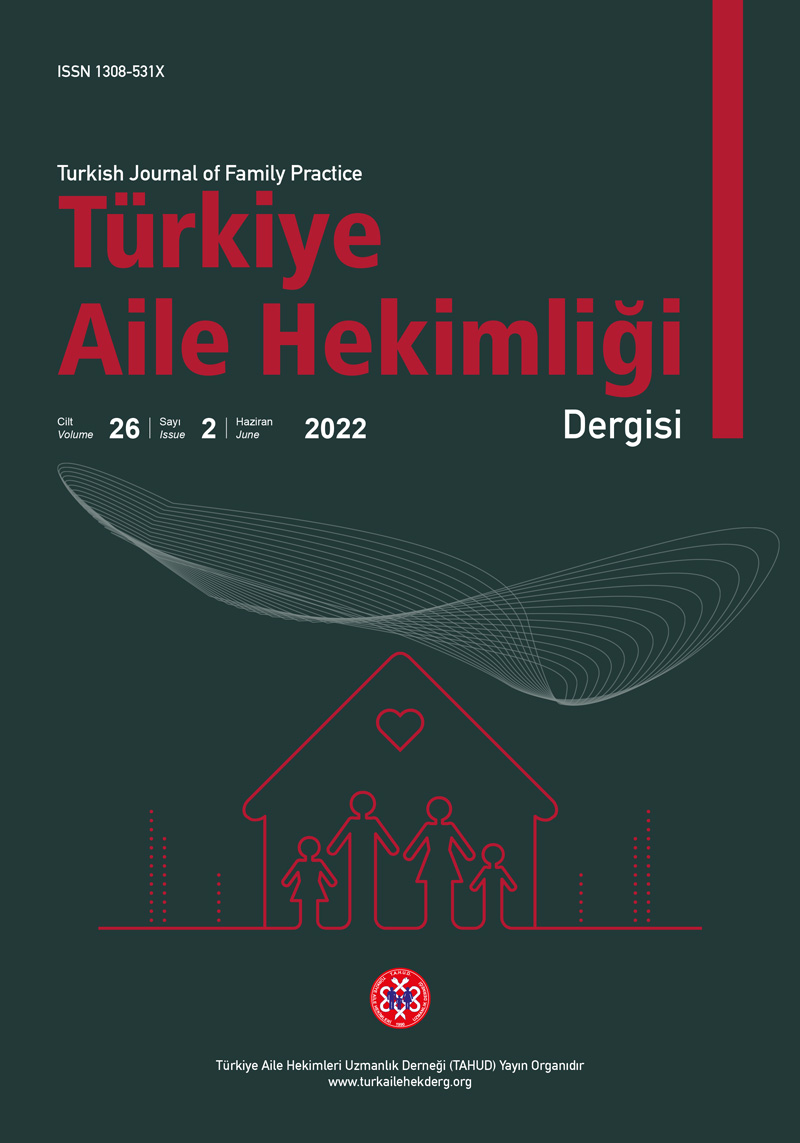Abstract
Aim: We aimed to determine the seroprevalence of hepatitis B and hepatitis C according to the type of malignancy in cancer patients.
Materials and Methods: Patients with malignancy treated between February 2016 and February 2021 were included in our study. HBsAg, Anti HBs and Anti HCV test results of cancer patients determined by chemiluminescence method were compared according to cancer subgroups.
Results: Of the 882 cancer patients included in the study, 64.6% were male and 35.4% were female. The mean age of the patients was 65.74±12.94 years. When hepatitis markers were evaluated according to gender, the rate of Anti-HBs seropositivity was higher in males (p<0.001), and there was no significant difference in terms of HBsAg seropositivity (p=0.542) and Anti-HCV seropositivity (p=0.301). In our study, 2.5% of adult cancer patients were HBsAg seropositive, 0.9% were Anti HCV seropositive, and 17.0% were Anti HBs seropositive. There was no difference between cancer groups in terms of Anti HBs seropositivity (p=0.074) and Anti HCV seropositivity (p=0.071) in all cancer patients. HBsAg seropositivity in patients with sarcoma was statistically significantly higher (8.3%) compared to other cancer groups (p=0.015).
Conclusion: In our study, higher HBsAg seropositivity was found in patients with sarcoma compared to patients with other cancer types. The viral hepatitis panel must be examined before the use of immunosuppressive treatments and hepatotoxic agents in all cancer types, especially in patients with sarcoma. In addition, the etiopathological significance of this difference according to cancer types should be investigated.
Keywords: Cancer, seroprevalence, Hepatitis B, Hepatitis C
Copyright and license
Copyright © 2022 The Author(s). This is an open access article distributed under the Creative Commons Attribution License (CC BY), which permits unrestricted use, distribution, and reproduction in any medium or format, provided the original work is properly cited.










